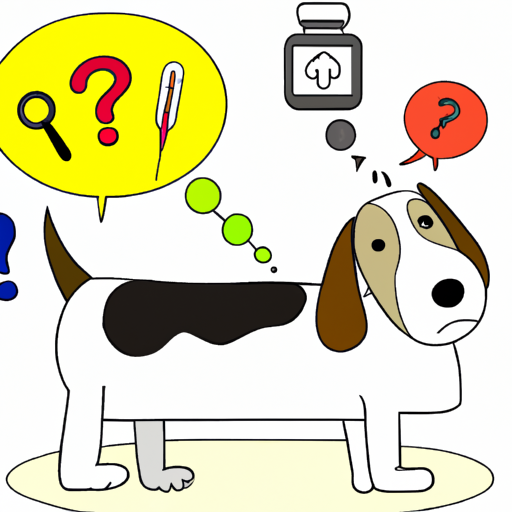Introduction
As a loving and devoted caregiver, you are always on the lookout for your dog’s well-being. One condition that you should be aware of is bloat, a life-threatening condition in dogs. Before we delve into the symptoms, let’s briefly understand what bloat is.
Bloat, or Gastric Dilatation-Volvulus (GDV), occurs when your dog’s stomach fills with gas and possibly twists. This condition can cause numerous problems, including impaired blood flow to the heart and stomach lining, a belly pressure-induced shock, and even damage to internal organs.
Recognizing the Symptoms
Recognizing the symptoms early is critical, given the severity of the condition. Here are the typical signs:
-
Distended abdomen: Your dog’s belly may appear swollen or “bloated”. It’s one of the most noticeable signs.
-
Restlessness: Dogs with bloat often can’t find a comfortable position and may seem restless.
-
Unsuccessful attempts to vomit: If your dog makes repeated attempts to vomit without anything or very little coming up, it’s a warning sign.
-
Excessive drooling: Bloat can cause excessive salivation.
-
Rapid heartbeat: A dog suffering from bloat may have an abnormally high heart rate.
-
Difficulty breathing: Breathing might become difficult and your dog may start panting.
Risk Factors for Bloat
Certain factors increase the likelihood of bloat in dogs. Here are a few:
-
Breed: Large breed dogs with deep, narrow chests are more prone to bloat. This includes Great Danes, German shepherds, Boxers, and Basset Hounds.
-
Age: Older dogs are at a higher risk.
-
Eating habits: Rapid eating, eating one large meal daily, and eating from an elevated food bowl can contribute to this condition.
-
Temperament: Anxious or fearful dogs are more likely to experience bloat.
When to Seek Veterinary Care
If you notice any combination of these symptoms, especially if your dog is at a higher risk, seek veterinary care immediately. Bloat can progress quickly, and waiting can be fatal. Even if you’re not sure, it’s better to be safe than sorry.
Preventive Measures
While bloat can be a scary condition, there are preventive measures that you can take:
-
Feed your dog two or three small meals per day.
-
Encourage slow eating by using puzzle feeders or slow-feed bowls.
-
Avoid rigorous exercise one hour before and after meals.
-
Keep a stress-free environment as much as possible.
Frequently Asked Questions (FAQs)
Q: Can bloat in dogs resolve itself?
A: No, bloat is a medical emergency that requires immediate veterinary care.
Q: Are certain breeds more prone to bloat?
A: Yes, large breed dogs with deep, narrow chests are more susceptible.
Q: Can a change in diet prevent bloat?
A: A balanced diet can help, but it’s also crucial to control eating speed and meal size.
Remember, you know your dog best. Always trust your gut when it comes to their health. Keep these symptoms in mind, and don’t hesitate to seek professional help if you suspect something is wrong. Your vigilance can save your beloved pet’s life.



